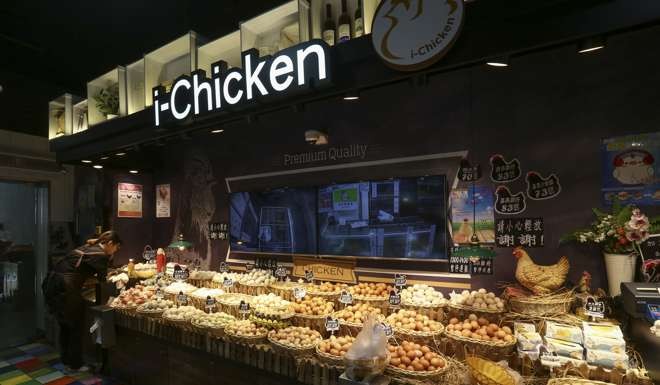
What the dismal state of our wet markets tells about government monopolies
‘At the moment the wet markets’ sole attraction is that they tend to be cheaper than the gouging supermarket chains’

In yet another piece of irony the world’s allegedly most free enterprise city is a place where the Hong Kong government is one of the biggest retail landlords. The way it conducts this business provides a dismal illustration of just why this is a terrible idea.
Top of the list of Hong Kong’s grimmest retail spaces are the wet markets operated by the Food Environment and Hygiene Department. They tend to be clad in lavatory-style tiling, lit by the harshest of strip lighting and rigorously designed to exclude the smallest possibility of attractiveness. Moreover most of these markets can be smelled well before you get anywhere near their unappetizing entrances.
In other places around the world food markets are an absolute delight, in fact I make a point of visiting them when I travel overseas, but no visitor to Hong Kong in their right mind would dream of entering one of these dank places.
They are covered in tiling of the cheapest and ugliest kind because the bureaucrats who run these places see it as their job to maintain hygiene and believe that the way to do this is to forsake all other considerations.
The markets I know best have lower floors serving meat, fish and seafood while the upper floors or back sections focus on fruit, vegetables and other miscellaneous items. Generally speaking the secondary areas are less than fully occupied and tend to look like rubbish-dumps.
The government used to own even more retail centres before they hived off most, but not all of the Housing Authority’s retail premises to the Link, a shiny new commercial operation that has succeeded in squeezing out a large number of modest locally-owned retailers and replacing them with the big chain stores that dominate the market.

The Link’s version of upgrading these premises largely consists of some cosmetic redecoration and half-hearted attempts to make their shopping centres resemble all the other commercial shopping centres in Hong Kong, trust me: this is not a compliment.
Just think however what could be achieved with a tiny bit of imagination. The old wet markets can easily be transformed into the kind of vibrant and attractive food markets found elsewhere in the world. Their defining characteristic does not need to be brutal ugliness.
Moreover they can serve a social purpose. For example the underutilised areas can be transformed into compact spaces to house all manner of small-scale service providers, ranging from tailors to computer repairers or even small scale specialist retailers run by aspirant entrepreneurs who aim to serve the needs of the local community.
The external walls designed to keep bad smells firmly in place can be knocked down, giving way to an airy atmosphere where shoppers can actually enjoy the experience of going to the markets.
At the moment the wet markets’ sole attraction is that they tend to be cheaper than the gouging supermarket chains. The bureaucrats seem to think that if a market is cheap it must also be made to be as unpleasant as possible.
As for the Link, well this was a typical scheme dreamed up by officials who thought that transferring ownership to a supposedly commercial entity would automatically create something better but of course it did not because all that happened was that a government-run monopoly was simply transformed into a commercial monopoly. Presumably it was just too much effort to break up the shopping centres connected to public housing estates and allow true competition to flourish.
Now the buffoons who produced this retail nightmare think they have cleverly come up with another government-led retailing experiment. This one involves food trucks, which should involve vehicles going from place to place but will consist of vehicles that are not allowed to move. In other countries food trucks are a hit because of their mobility but here the bureaucrats were quick to conjour up rules excluding this possibility.
A committee of “experts” was assembled to select participants in this scheme and, surprise, surprise, they mainly selected off-shoots of the big brands that are already providing a pretty routine service elsewhere in Hong Kong.
What this tells us is that bureaucrats should not be allowed anywhere near the retail trade because they are congenitally incapable of exercising any imagination.
It is probably the case that the government will continue running the wet markets but the only way they have a chance of flourishing is to be liberated from the Food and Hygiene Department’s clip board wielding officers who have a more or less an unbroken record for prioritising the application of petty rules over customer needs and creative flair. And I’m not just talking about their war on restaurants and bars providing outside seating; their dismal track record extends well beyond this killjoy specialty.